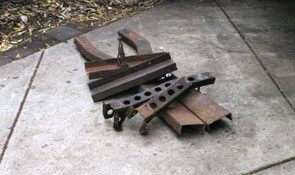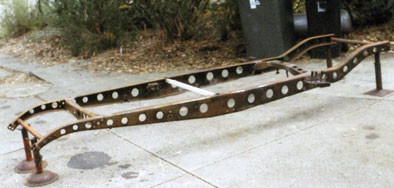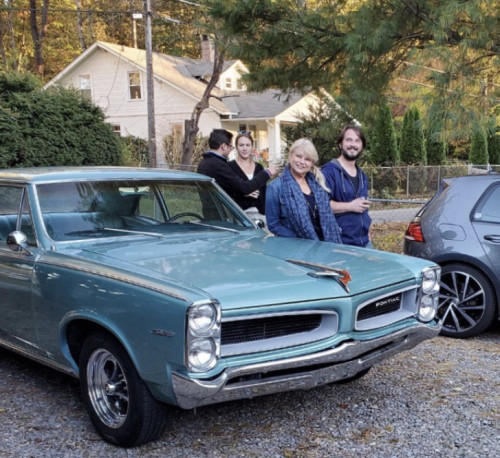You must be logged in to rate content!
3 minute(s) of a 91 minute read
2-9-2010
Hello Vern
I am sure that lots of people would be most interested in your project. The more 1920s and pre-war cars the better.
Speaking of putting bits back together, here are a couple of shots of the Flying Four chassis. much of its success was due to its light weight. It has been clocked at 87.00 mph. It did have a fully balanced and "mildly" tuned "C" 5 main bearing motor even so it was an (almost) docile road car and what fun! Oh well, that is in the past so back to the Dixie Flyer.


2-11-2010
Hello again Phil
Many thanks for your advice and suggestions. I am hoping that I may get some help in this area by the people at Kentucky Trailer the present day extension of the original 1860s Kentucky Wagon Mfg Company makers of the Dixie Flyer. Failing that I believe that my Australian Shipping agent has some very good contacts. One problem is that we will probably not arrive until after the car. At present I am having some discussions about flying the car as time is very much critical in getting it finished. But then the extra cost has to be considered. Sadly I am not sitting on a bottomless money pit. The more work that I have to farm out rather than doing it myself in an effort to speed thing things up the higher the costs go.
As I said earlier the best way to turn $1.00 into 70 cents is to restore a vintage car.
2-13-2010
At last I have been able to obtain a February 28 completion date for all the body work from Aaron. The rear fenders are due to go to Peter the Painter during this current week. I will also take some other things such as the headlight shells that he can do while he has some black in is pot.
This brings me to decision time regarding the hood "portholes" these were originally simple "plant-ons" with no actual hole. Just the the sheet metal inside the nickel ring painted matt black. Just like the Classics of the 50s & 60s.
The question is do I follow my heart and cut out the "holes" and fit a matt black painted screen from the inside thus providing some extra ventilation or do I do as originally and once again paint the sheet metal inside the Nickel ring matt black.
In view of the increase in traffic since 1922, and if I am to drive the car, the extra ventilation may not go amiss but then this would be departing from the original?
Dixie Flyers never had louvers of any other ventilation in the sides of the hood.
There is a theory about the airflow being directed down and over the sides of the cylinder block and the sump to help cool the oil.
Any suggestions please?

Wow great story and photos !
Posted by Diggymart on 4/15/20 @ 2:53:48 PM